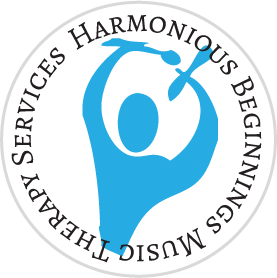Date: June 26, 2020
Bibliographical Information:
Branstetter, Dyan. (March 2019). Building Arts Integration Collaboration. Institute for Arts Integration and STEAM, retrieved June 26, 2020 from https://educationcloset.com/2019/03/01/arts-integration-collaboration/
Article Summary:
Dyan Branstetter is an elementary teacher that has been teaching for 16 years in Pennsylvania. She has experience in arts integration because it’s something she has dabbled with for a long time now and has learned from trial and error. She was motivated partly by her own love of music and dance, but also by the results she saw in her students; when arts were integrated, the engagement levels for the students increased tenfold. Through that trial and error process, she has figured out the best way to collaborate with other teachers to get the most out of planning time and classroom time as well as maximize the impact on students’ learning experiences. She lays out 4 different levels of collaboration that vary from a format of arts integration without collaboration (for teachers who don’t have access to arts specialists) to a completely collaborative effort where planning, implementation and teaching all occurs as a team. Of course, after experiencing every level of collaboration she felt the best results occurred when she was able to plan the lesson as a team, targeting standards from both disciplines and co-teaching the lessons together. She admits that getting to that place where both teachers could collaborate and be on the same page was hard work, but it was worth it in the end.
Reflection on the State of the Content:
As a music specialist, I am potentially an arts integration resource for fellow teachers in my building. As I searched though blogs and articles in various education resources, I found that the key words, like collaboration, standards, integration and student engagement were always present, the actual collaborating piece was usually missing and so I found only a vague idea of how to actually accomplish a truly collaborative lesson for the students. Dayna Branstetter’s article gave me something more concrete I could grasp how this actually happens, and a little forgiveness on my own expectations for the whole process. I see that she learned each time she tried, and each attempt was an improvement over the last. I can already foresee obstacles in my current teaching situation. For one, I rarely have prep time at the same time as the classroom teachers, it’s a daunting task with barely enough time to get organized or scratch the surface. Another big obstacle is that if teachers are interested in co-teaching, they would have to give up a prep time to co-teach with me, or vice versa. The best attempt at collaboration this year was when the Speech/Language classrooms gave me a list of speech sounds that they targeted in class and if I could find a way to work the sounds into my lessons, I did my best. I know I am fairly new to the building and all of these issues are things that can get easier with trial and error. The resource Dyan Branstetter offers here is a good guide to starting the process.



